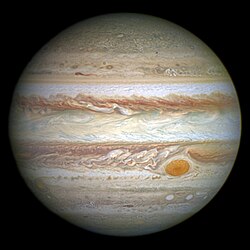Plot

Voyager receives a message from Starfleet Command via the improved subspace radio amplifier, stating they believe they have found a way to bring Voyager back to the Alpha Quadrant within five to six years, instead of the decades they had before them. Elated, the crew send back data regarding their journey to date. In Starfleet's reply, they learn that Lewis Zimmerman, the creator of the Doctor's Emergency Medical Hologram program, is dying and no Starfleet medical personnel can determine the reason. The Doctor expresses that because of his experiences in the Delta Quadrant, he may have more insight to Zimmerman's condition, and asks to have his program transferred via subspace to help.
After eliminating several of his extraneous subroutines to reduce the program size, the Doctor is sent to a space station orbiting near Jupiter. The station has been Zimmerman's home for the last four years, where he spent much time researching hologram technology, and the entire facility is enabled to allow the Doctor and Zimmerman's holographic female servant, Haley, free rein. The Doctor meets with Reginald Barclay, who has been assigned to help Zimmerman, before meeting his creator in person. Zimmerman quickly proves to be old and cantankerous, looking down on the Doctor as one of his earlier, outdated Mark I programs that are now all reassigned to perform menial jobs. The Doctor attempts to prove his value to allow examination, but Zimmerman ignores him, and even one point manipulating the Doctor's program to make him his pet for a few hours. The Doctor grows frustrated in trying to help, and the two stop speaking to each other.
With Zimmerman's health declining, Barclay is able to gain the help of Deanna Troi to help resolve the situation between the two. After meeting with both, she realizes that both Zimmerman and the Doctor seem to be beyond the point of reason. While discussing the situation, they realize that Haley is a far less advanced hologram program than the Doctor is, yet Zimmerman speaks openly and kindly with her. Troi suspects that Zimmerman's behavior is one of injured pride, and devises a plan where they secretly fiddle with the Doctor's files as to make it appear that his program is failing. Troi and Barclay insist that only Zimmerman can save the Doctor, just as the Doctor can only save him.
Zimmerman finally is able get past his wounded pride of the fate of his Mark Is, and fixes the Doctor's program. Zimmerman attempts to add additional programming to the Doctor, but he insists that he is good the way he is. The Doctor then examines Zimmerman, and opts to try an experimental cellular regeneration therapy he had developed while on Voyager. The process is successful, and Zimmerman is soon back in good health. Zimmerman apologizes for his behavior and tells the Doctor that he is proud of him as the only Mark I that has gone well beyond his original programming. After saying his goodbyes, the Doctor is returned to Voyager and Zimmerman continues his hologram research.